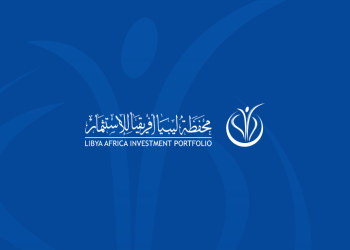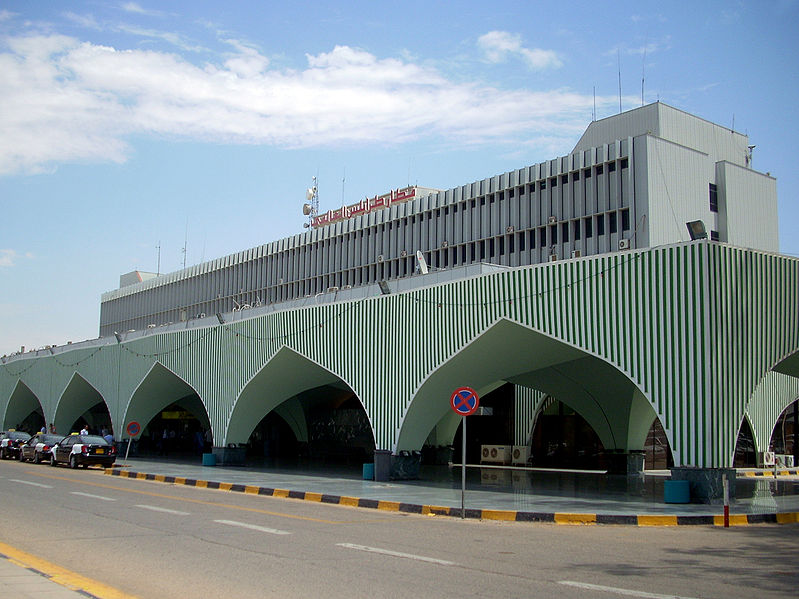By Libya Herald reporter.
Tunis, 14 April 2015:
The World Bank April 2015 Middle . . .[restrict]East and North Africa Economic Monitor says that ”Libya is in recession.” and that ”For those countries already in conflict – Iraq — Libya, Yemen, and Syria – economic prospects are grim’’.
‘’Whereas the global economy is set for a gradual pick up, economic prospects in the Middle East and North Africa (MENA) remain flat”, the report says.
”Growth in MENA is expected to slow down in 2015 and range between 3.1 and 3.3 percent according to the World Bank and consensus forecasts respectively, and continue on the same path in 2016”.
However, it adds that ”If the security situation in Libya improves and oil exports increase, the regional average could surge to 4 to 5 percent in 2016. The main reasons for the continued, sluggish growth are: prolonged conflict and political instability in Syria, Iraq, Libya and Yemen; low oil prices that are dragging down growth in oil exporters; and the slow pace of reforms that is standing in the way of a resumption of investment”.
”The continuation of this situation will significantly hurt the overall unemployment rate, now standing at 12 percent, and poverty in the region. Fiscal deficits are mounting, leaving the region with a deficit of 8 percent of GDP in 2015, after 4 years of surpluses”, the report explains.
”At this point, the overall economic outlook for MENA remains tepid, though longer term forecasts, if the regional conflicts subside and necessary reforms are implemented, could be more optimistic”.
”The group of oil exporters are estimated to grow by around 2.8 percent in 2015 with growth stagnating in developing oil exporters at less than 1 percent”.
On Libya, the report says that ”In addition to the impact of cheap oil, the violent conflict has interrupted oil exports, a major source of government and external revenues. The economy is estimated to have contracted by 24 percent in 2014, following a contraction of about 14 percent in 2013’’.
”While there are signs that the political conflict is easing and two oil ports have reopened, a rapid recovery in crude oil supply is unlikely and growth will remain low in 2015. The budget deficit is estimated at more than 40 percent of GDP in 2014 and 2015”.
”The major forces behind this alarming budget deficit are, in addition to lower revenues due to low oil prices, the existing wage bill and subsidies estimated at 70 percent of expenditure; capital spending has fallen to a fifth of it pre-revolutionary period”.
The report warns that ”Libya is counting on its large foreign reserves, which have declined dramatically. Estimates by the Central Bank of Libya show that foreign reserves stood at $85.5 billion in December 2014, a 40 percent decline from July 2013”.










